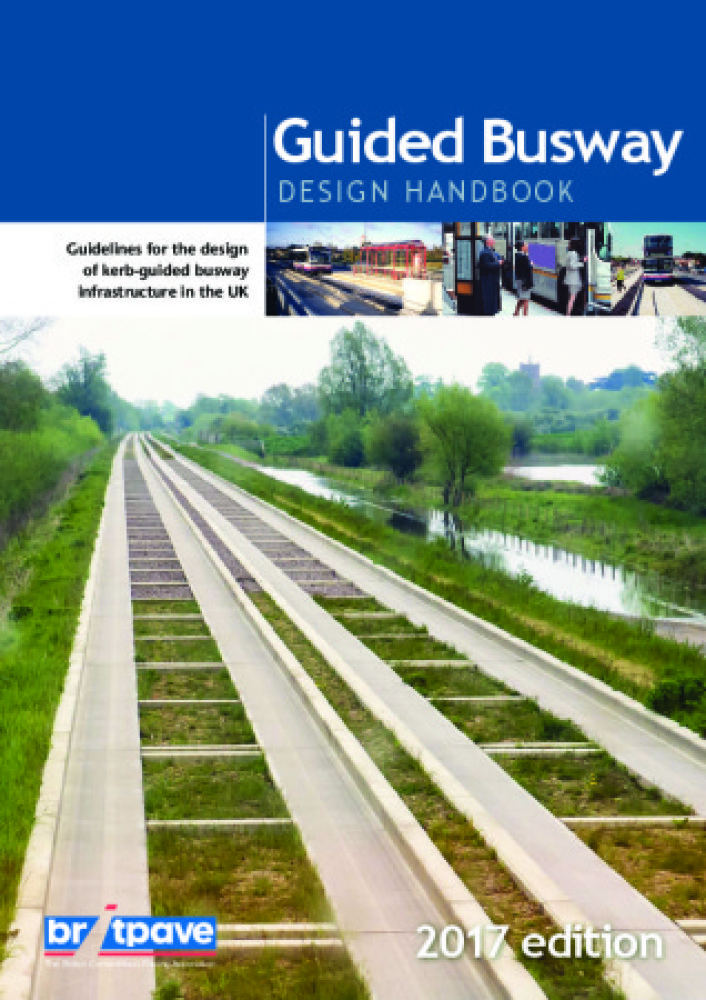Industry Initiative: Bus and Rail
Improving the Reliability and Speed of Bus Journeys
A new report outlining the socio-economic benefit of bus travel and demonstrating how these benefits can be further enhanced via the provision of concrete guided busways has been published by Britpave.
Accounting for two out of three public transport journeys, bus travel plays an important and can play an even greater, role in improving local commuting, reducing congestion and carbon emissions and creating more livable cities. The figures speak for themselves. Bus commuters generate £64 billion in output annually. 33% of city centre visitors made their most recent trip by bus, more than any other mode of transport including the car. Best used bus services in urban areas can reduce carbon emissions from road transport by up to 75%.

However, as the report “The Benefits of Concrete Guided Busways”, points out that the potential of bus travel is being stifled by increased congestion. For example, bus journey times in the West Midlands have increased by 8% over the last seven years. In Oxford, which has one of the UK’s highest level of bus usage, bus speeds have fallen to below 10mph. Britpave believes that the solution is the guided busway that segregates buses from other road traffic thereby removing the problems of traffic congestion, obstruction from parked vehicles and the use of bus lanes by unauthorised vehicles. This allows the operation of regular bus services that have more reliable and faster journey times which make taking the bus a more attractive travel option.
Concrete guided busways are relatively simple to construct. They typically consist of two 180mm high concrete kerbs set 260mm apart on a concrete roadway. The kerbs act both the guide for the bus and a physical segregation from other traffic. Once in the guideway, the bus is guided by two lateral guide wheels connected to the bus steering mechanism. On leaving the busway the kerbs terminate and release the guided wheels allowing the driver to resume steering.
“The Benefits of Concrete Guided Busways” is available as a free download from the publications section.
Busways guidance updated
<2r>First published by Britpave in 2004, “The Guided Busway Design Handbook“ provides industry guidance and best practice on the design and implementation of kerb-guided busway systems. It covers relevant design standards, provides busway scheme examples and offer guidance on geometric guideway design, stops and pedestrian crossings plus loading and structures. Both urban bus priority schemes and independent light rapid transit schemes are considered.
Two important chapters of the guide have now been updated: Chapter 3: Geometrical Design of Guideway and Chapter 9: Construction. It has been updated by Arup with the assistance of the Britpave Rail Task Group.
Chapter 3 has been updated to incorporate the various lessons learnt from Cambridge and Luton. There is now a section which deals with the particular issues relating to geometry design for precast busway. Chapter 9 has been updated to include reference to the Leigh to Ellenbrook Guided Busway, Manchester.
Copies of “The Guided Busway Design Handbook“ may be downloaded from the publications section.

